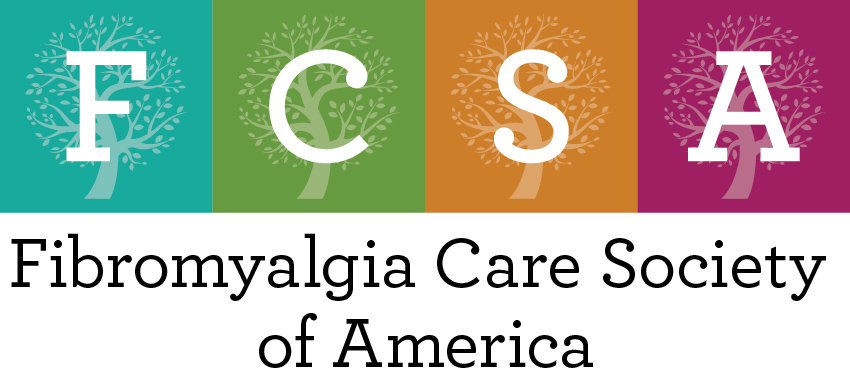What is Fibromyalgia?
Fibromyalgia (or Fibro for short) is a chronic condition, which causes widespread pain and fatigue as well as a variety of other symptoms. The name fibromyalgia comes from “fibro” meaning fibrous tissues (such as tendons and ligaments), “my” meaning muscles, and “algia” meaning pain. The one big problem with this name is that it unfortunately does not really define the whole condition because fibromyalgia is so much more than muscle pain. Fibro is classified as a type of arthritic condition but unlike arthritis, Fibro does not cause joint pain or swelling. The pain from fibromyalgia is produced in the soft tissues of the body, including the muscles and tendons. Because fibromyalgia has few objective signs, and the pain is subjective, it has been called an invisible disability.
Several studies estimate that Fibromyalgia affects approximately 3-4% of the population of the USA (10 million – 12 million) .
The pain of fibromyalgia is often described as an aching or burning in many areas of the body and is often accompanied by muscle spasms and stiffness. The degree of pain can vary day-to-day and even minute-to-minute, often changing locations and setting up a confusing pattern. In many people with Fibro the pain can be so severe that it stops them from performing even simple tasks. This reduction of activity leads to deconditioning and an overall downward spiral of pain and ill health. Many patients with fibromyalgia have to apply for disability because they are unable to work. Others with fibromyalgia are fortunate enough to suffer from only mild discomfort and stiffness. The fatigue that is often associated with Fibro is also variable from person to person. Some people with Fibro also fit the criteria for Chronic Fatigue Syndrome (CFS) and often the Nervous System Disorder and CFS can co exist and are classified together. Many patients report that the fatigue can become so bad that they feel like they have a continual flu. Thankfully research has shown that Fibro is not usually progressive, not physically crippling, nor does it decrease a person’s expected life span.
Several studies, including resources from The American College of Rheumatology and also the John Hopkins University of Medicine estimate that Fibromyalgia affects approximately 3-4% of the population of the USA (10 million – 12 million) or up to 6% of patients seen in doctor’s offices. According to one study done by I. Jon Russell, et al., healthcare costs range from $12 – $14 billion per year for Fibro patients alone and account for a loss of 1% – 2% of the nations productivity. This study also showed that annual costs for fibromyalgia claimants were more than twice as high as those of typical insurance beneficiaries. Because often people living with Fibro are misdiagnosed, they often visit numerous doctors seeking help, hope and looking for answers. Many become subjected to a barrage of tests that are often unnecessary or repetitious. Current research shows that approximately 60% – 65% of those diagnosed with fibromyalgia are women. A recent unbiased study conducted by RESEARCHERS Frederick Wolfe, Brian Walitt, Serge Perrot, Johannes J. Rasker, Winfried Häuser showed that 35%-40% are men—Contrary to what many previously labeled a “Woman’s Disease”.
While the root cause of Fibromyalgia is unknown, research has identified 4 triggers which increase the risk of developing Fibromyalgia:
o Biological: Fibromyalgia tends to run in families which can lead to increased risk of developing Fibromyalgia
o Serious/Repetitive Injuries, Sports Injuries, Surgery, Physical Trauma, Car Accidents
o Serious Physical Illnesses i.e. Autoimmune Disorders, Serious Virus Infections like Epstein–Barr virus (EBV) Chronic Fatigue Syndrome, Cancer, Gulf War Illness
o Emotional Trauma such as victims of domestic violence, sexual assault, military combat service, Post-Traumatic Stress Disorder
Even if the actual Fibro initially developed because of severe emotional stress, it becomes manifest as a physical condition. There is no science or evidence to prove that this is a purely emotional or psychological condition.
In 2010, The American College of Rheumatology developed a simple and practical tool for clinical diagnosis of fibromyalgia. The. tool correctly classifies 88.1% of cases classified by the ACR classification criteria, and does not require a physical or tender point examination. To learn more or use the tool click here.
